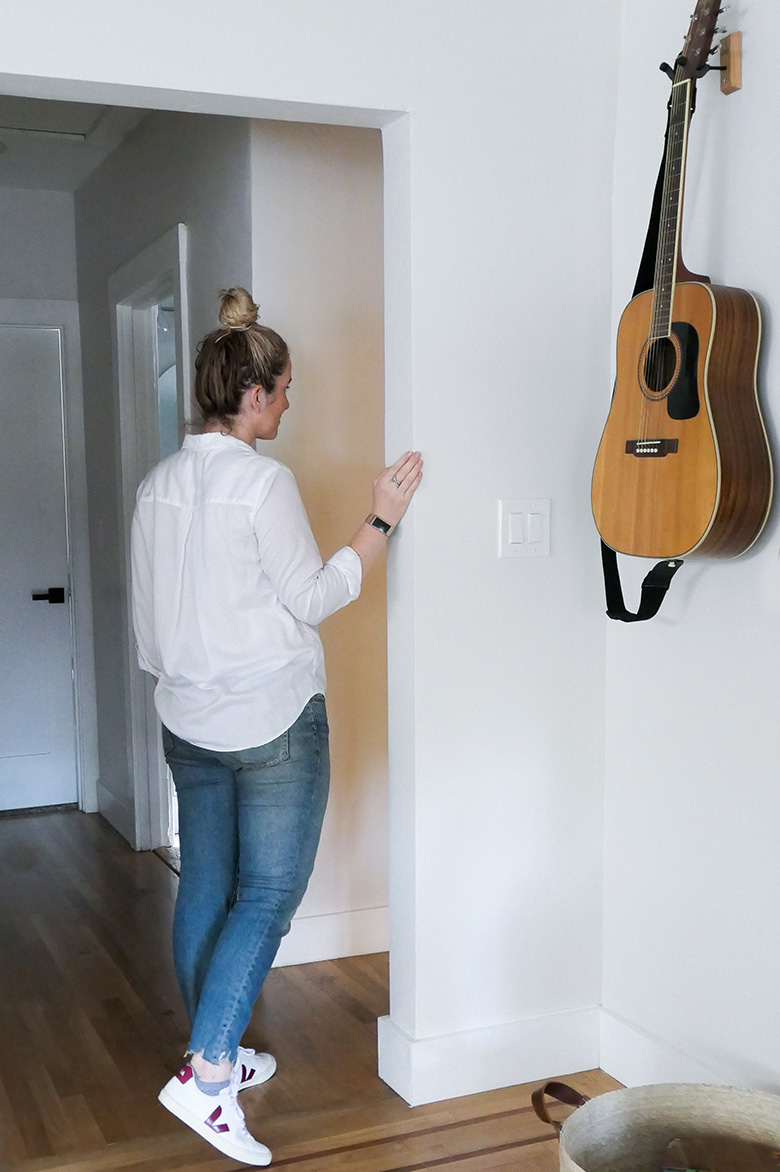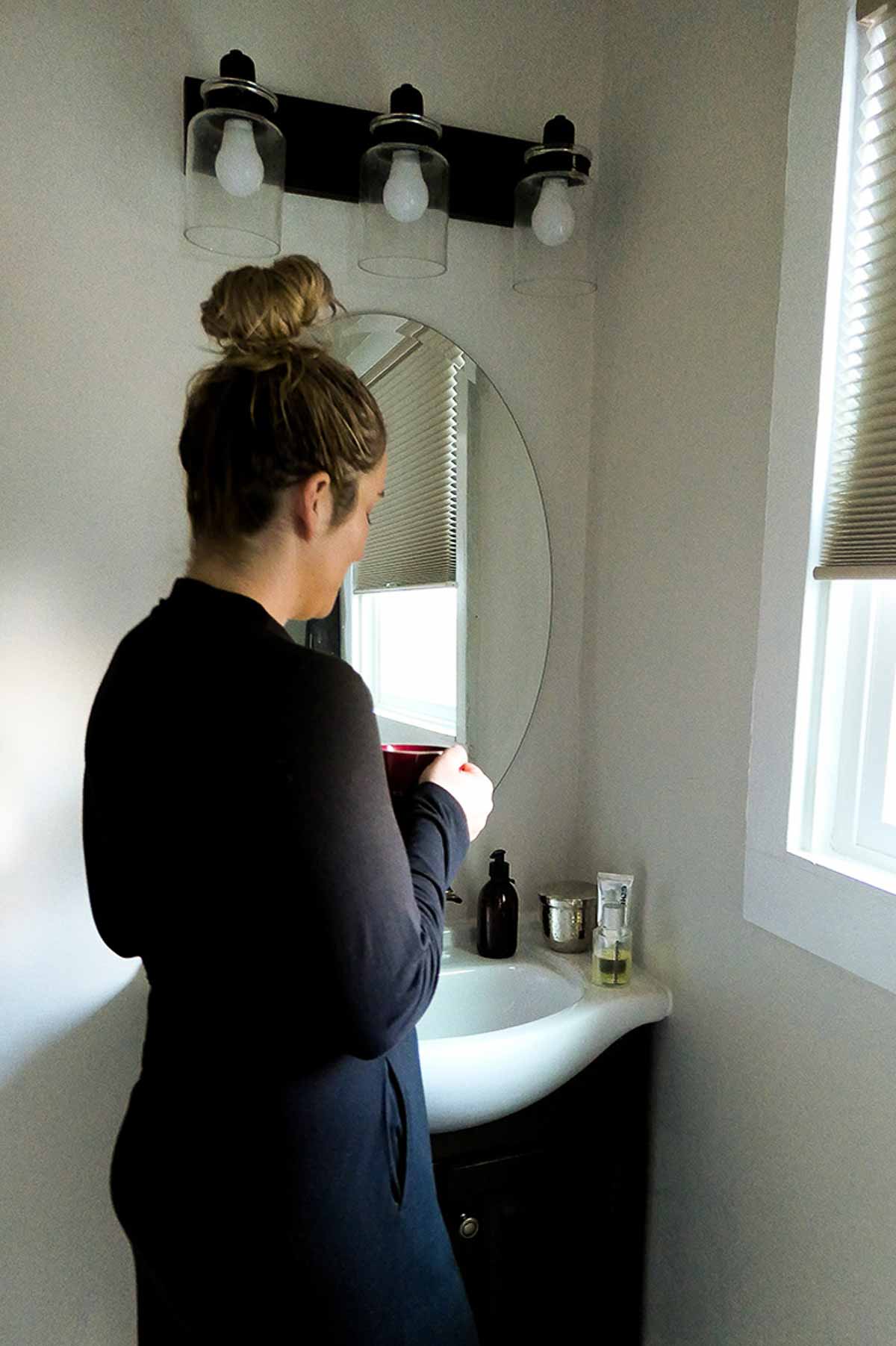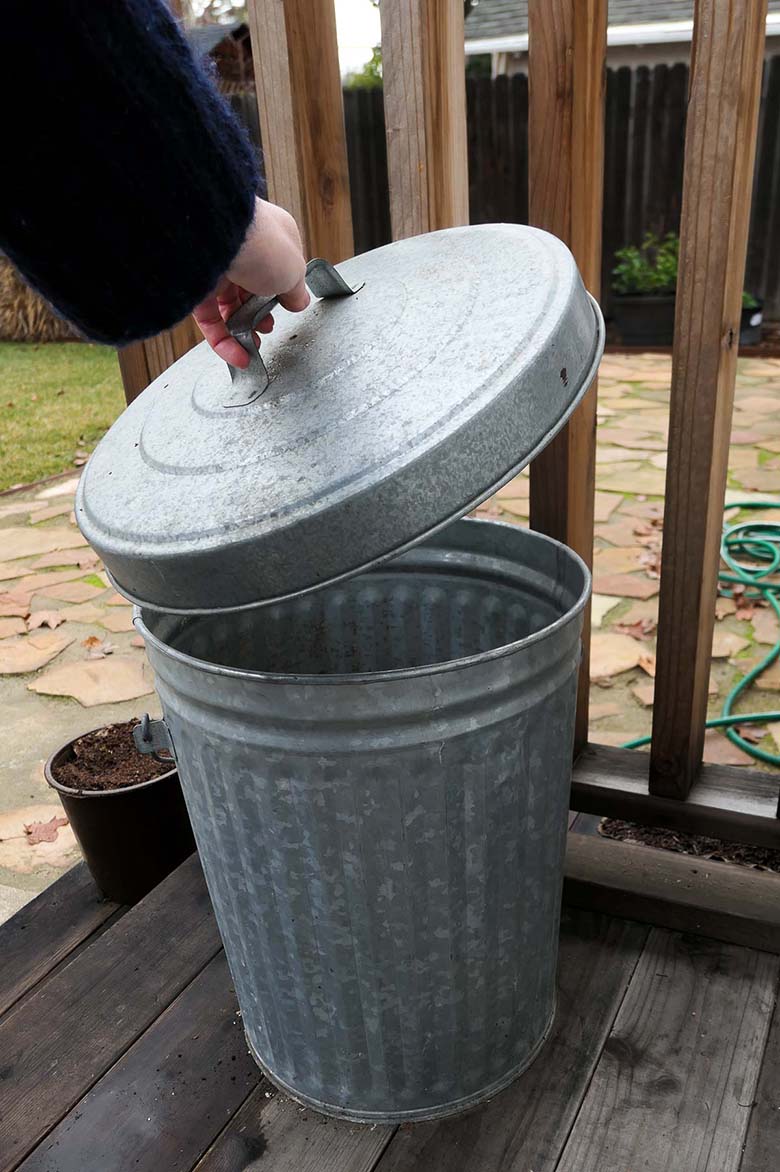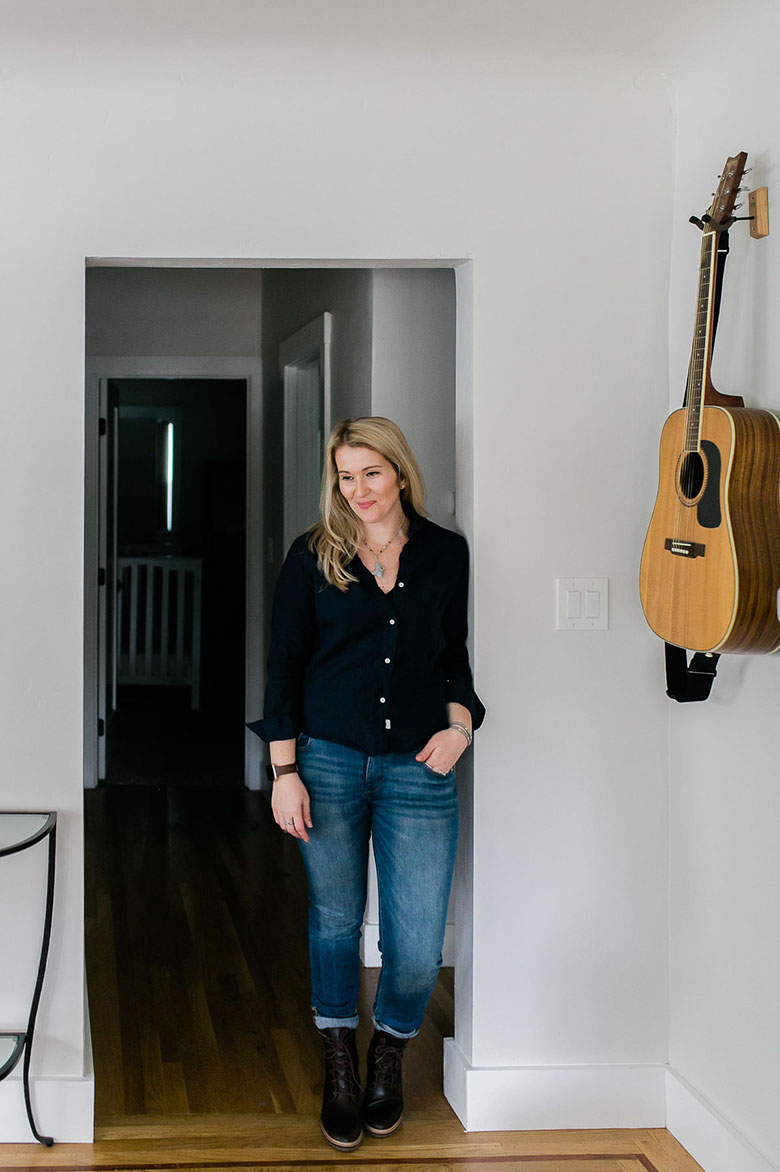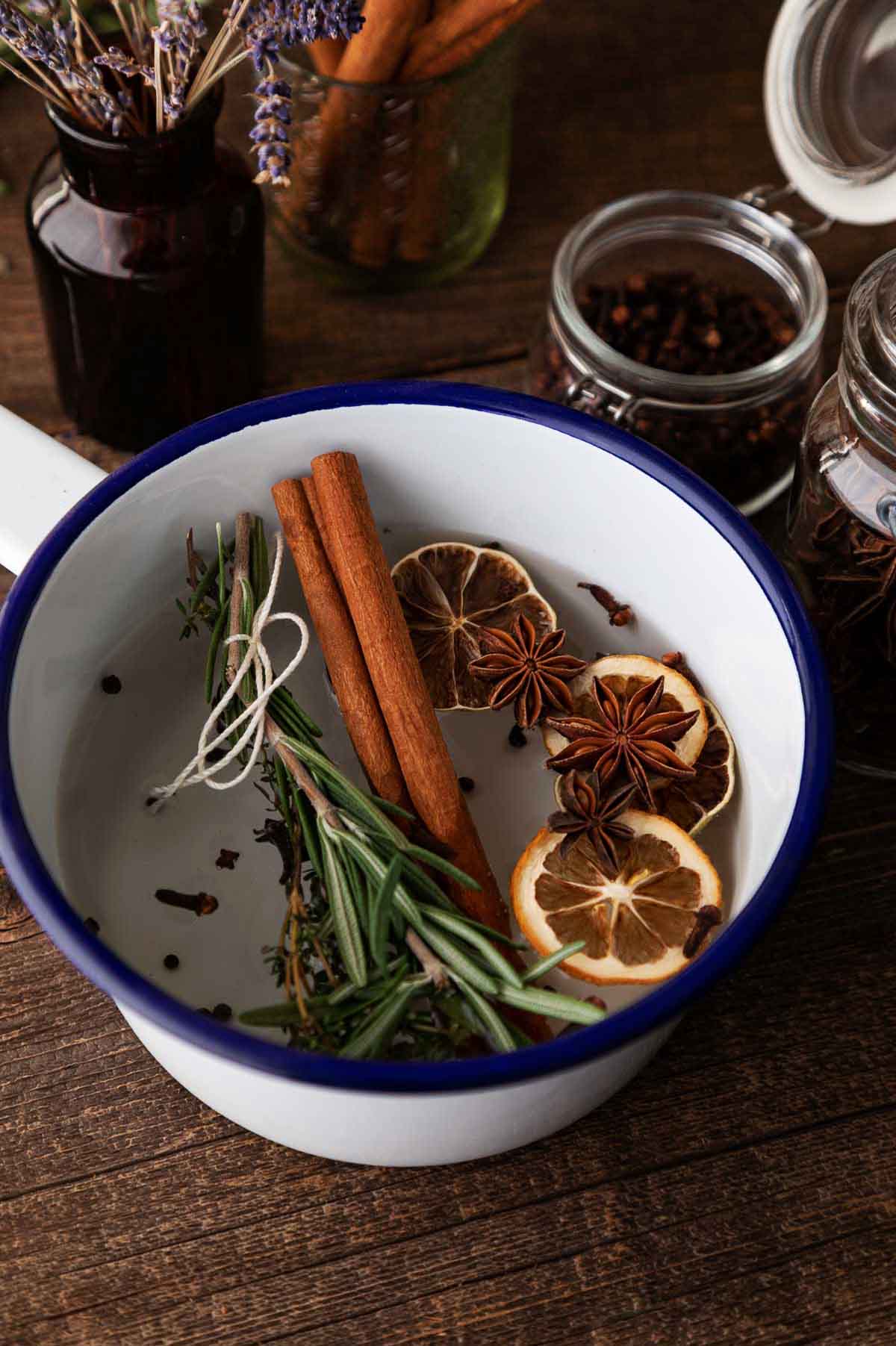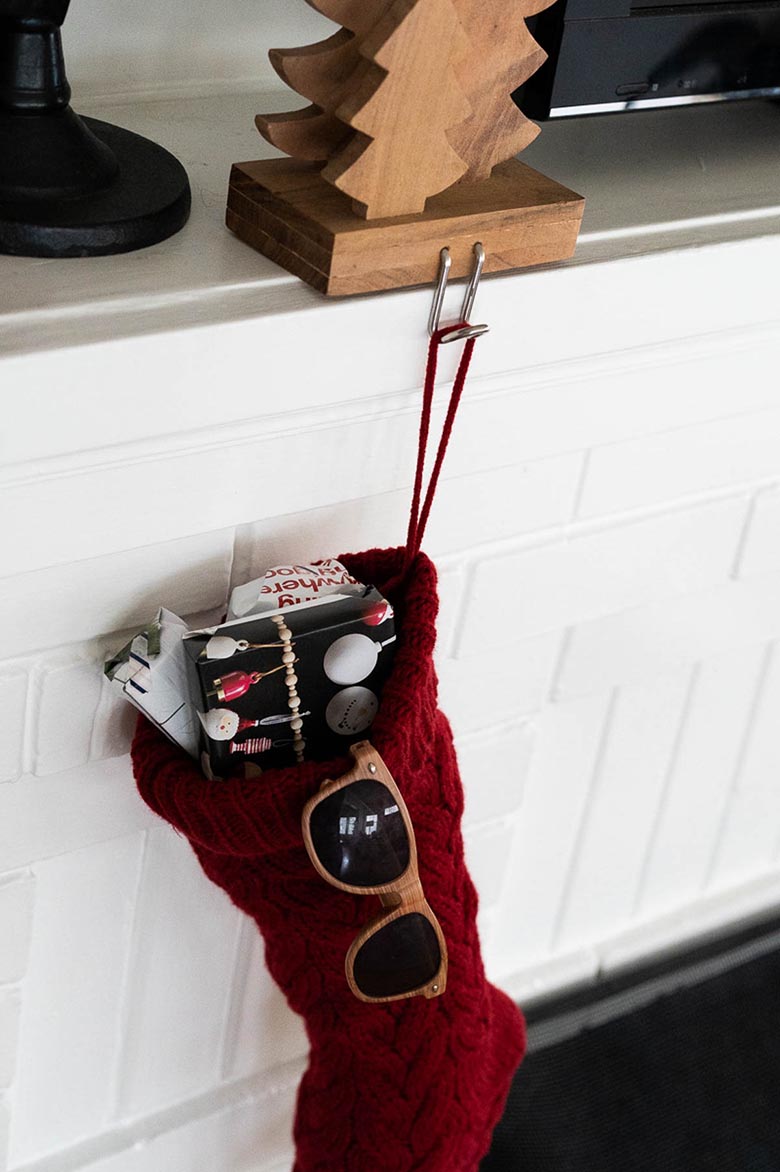Recycling Basics You Need to Know
This recycling basics post is sponsored by Clover Sonoma.
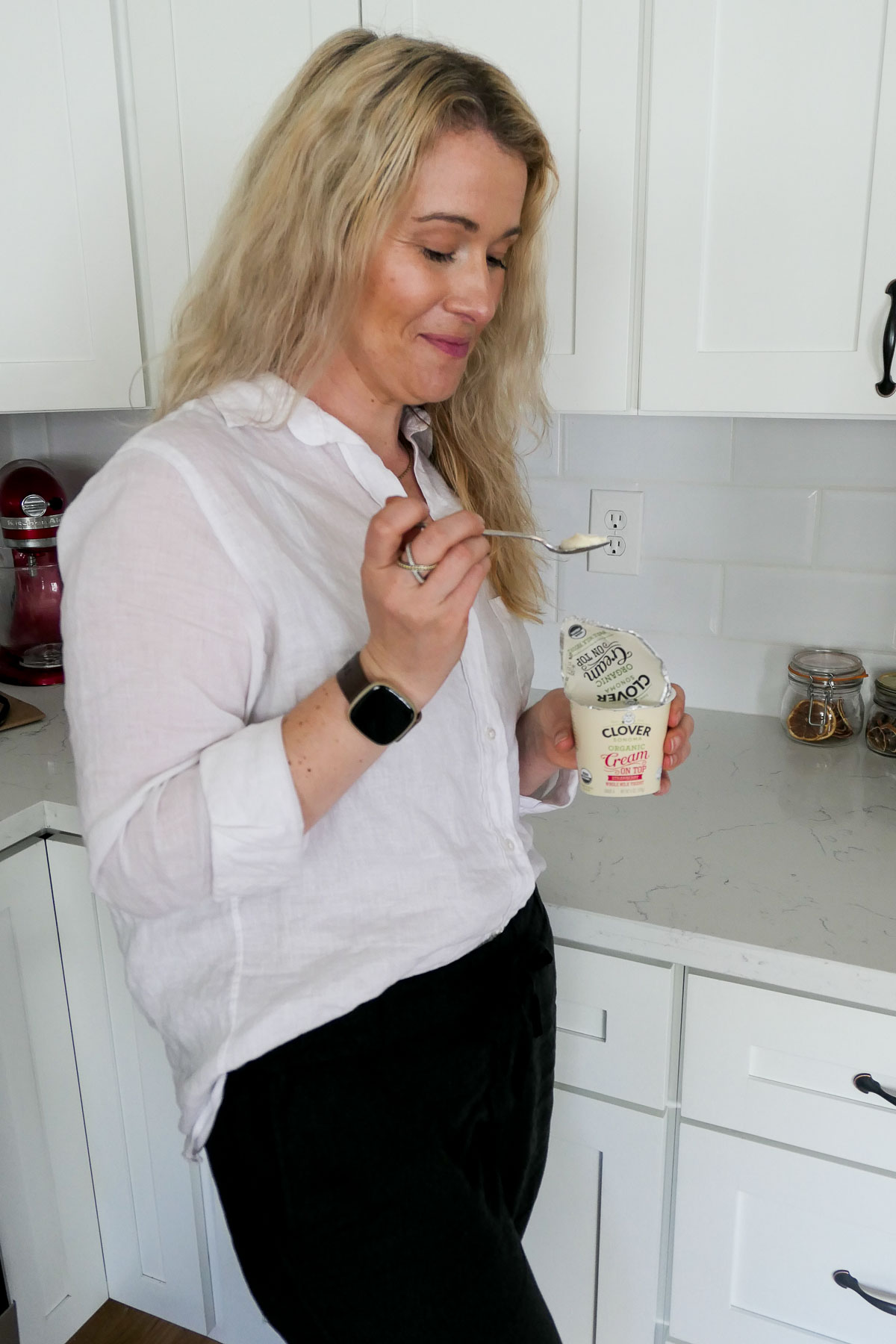
Oh recycling. We all want to do it, but goodness is it confusing. What’s recyclable? What’s not? Does it have to be cleaned? Why is everything different in each city? Does recycling really even matter? It’s complicated and it certainly does vary, but there are a few universal basics to recycling…
In the world of sustainable living, we all know recycle, reduce, reuse. Or really, if we’re being picky (and we should be), it’s reduce, reuse, and recycle. But we have to be recycling properly. And believe it or not, if you’re recycling incorrectly, you could actually be hurting the system!
Is it even worth it to figure out all these things (even just the recycling basics)? It really is.
Recycling cuts back on the materials going to the landfills. Additionally recycled materials can be made into new items (e.g. clothing, phone cases, rugs, etc.).
Always trying to take better and better care of the earth, Clover Sonoma (one of my favorite B Corps) asked me to share some recycling basics this month (and some great household goods recycling tips ). I’m proud to be working with them again as they always seek to do better…
So let’s get some everyday basics covered. Even if you do nothing more than recycle these few things properly, you’ll be helping so much. And you can be confident that you’re a part of the solution!
Recycling Basics
It’s commonly known that paper/cardboard, plastics, glass, and aluminum cans are all recyclable – so let’s just cover those and stick to these recycling basics for today.
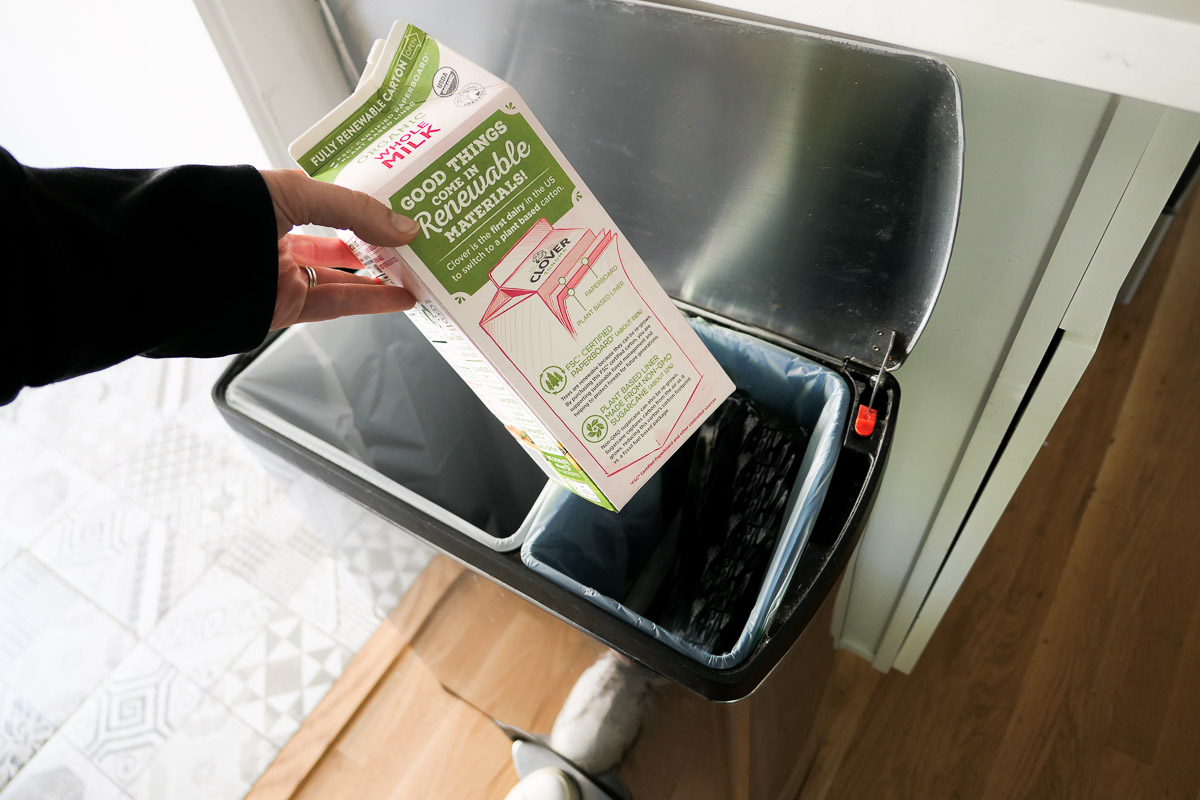
Yes. Resoundingly YES! All recycled items, no matter the material, can’t have food or product in them.
Pretty much, yes. Many things just need a quick rinse (and dry) to get the last bits of food/product out! If you’re out and about, try to get as much of the drink out of the bottle as possible – a quick rinse would be ideal, however.
I usually add just a tablespoon or two of water to a container, replace the lid, shake a few times, and empty. Then let it dry. Oftentimes not much water is used.
Another technique a lot of people use is to use your leftover dishwater (the most eco-friendly option) or add it to your dishwasher.
If you are handwashing items, add items to a bowl of the soapy water. In your dishwasher, add items to your top shelf. For plastic bags, you can flip them inside out to ensure they’re washed easily.
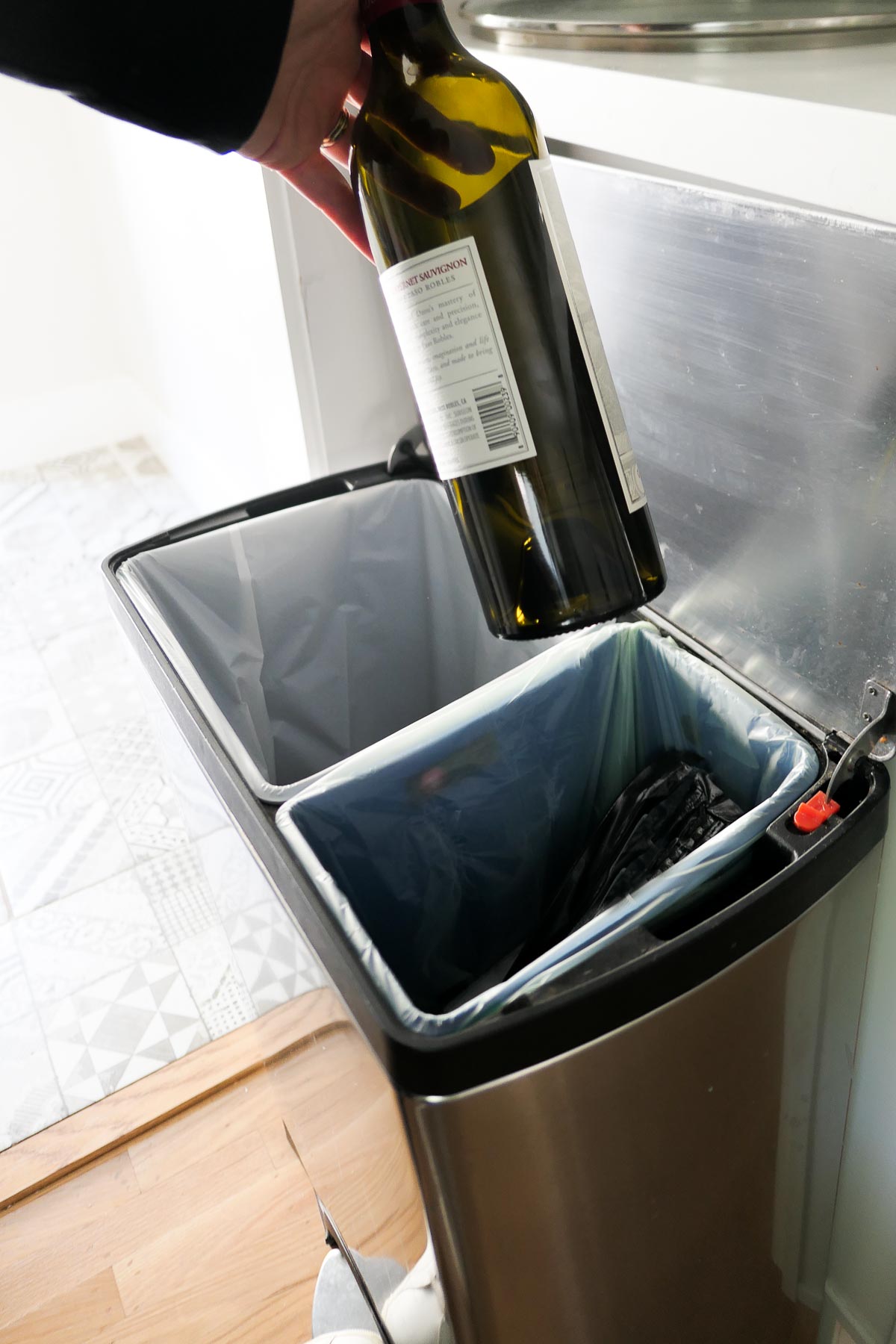
All food and drink glass containers can be recycled! Just rinse, dry, and recycle (if you can’t find a fun way to reuse the container)!
Broken glass and glassware, however, cannot be recycled.
Yep. All soda cans, juice cans, and those lovely wine cans can be recycled – rinse and dry!
Canned food containers are also made of aluminum and can be recycled (or reused) as well. Rinse and Dry!
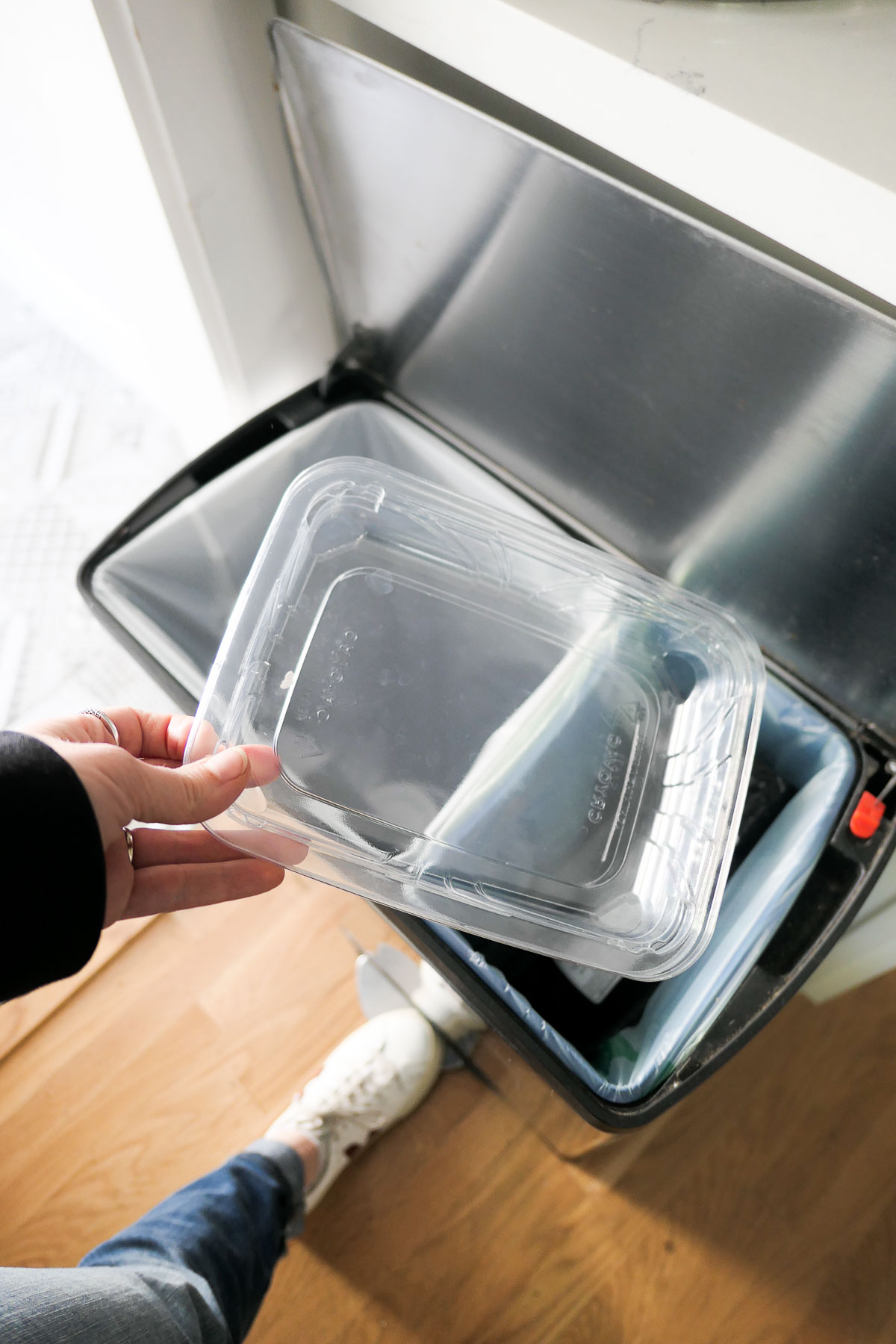
When it comes to plastics, one of the most confusing things is what can and can’t be recycled. Not surprisingly things vary by locale, but there are a few universal things.
The easiest way to know if a plastic container is recyclable is to look for the recycling symbol (♻️ ) on the package. For most bottles, it’s on the bottom. There should be a number inside the recycle symbol (number indicate the material used to make the product). Most locales recycle numbers 1, 2, and 3 (rinsed and dry). Beyond that, you have to do some research.
If you aren’t sure about the number, then best to place it in the trash.
If your plastic item says “store drop off,” then you have an option! Here’s everything to learn the basics of plastic bag recycling – store drop off!
Also, trash bags are NOT recyclable. Here is Sacramento, we aren’t even supposed to put our recycling in a bag. You’ll need to check locally, btu it’s safe to assume that no bag for recycling is best and compostable bags for trash is best!
If what you’re recycling is just paper or cardboard (and it has no food or food residue on it), then it can be recycled. So newspapers can be recycled, pizza boxes with grease stains cannot. Regarding the latter, I oftentimes remove the part of the cardboard that’s unclean and then recycle the rest.
YES!!! For milk cartons, do the quick rinse, let dry, and add to recycling. Facilities are able to recycle cartons with ease.
A little shoutout to Clover Sonoma because they’re slowly switching their milk cartons to a renewable liner that uses FSC (Forest Stewardship Council) certified paper and a bio-plastic.
Fortunately, the answer is yes to this one too. I’ve found two apps that work across the US (below), but you’ll also want to check to see if your local waste program has an app.
Sacramento does – SacRecycle! The app isn’t super technical, but it covers the basics of pickup schedule and offers a search feature to check about recycling vs. trash vs. hazardous waste for a fair number of items!
Nationally, check iRecycle (app) and RecycleNation (app + website) for help with recycling questions for all kinds of things. Both platforms allow you to search by product and zip code. You’ll get a list of local (to you) places that accept the items.
iRecycle lists out the business and address as well as a link to the general website, so you’ll want to contact them individually to check for details on recycling.
RecycleNation includes the name and address of each business as well a list of items accepted but contain no links or specific information, so you’ll still need to call!
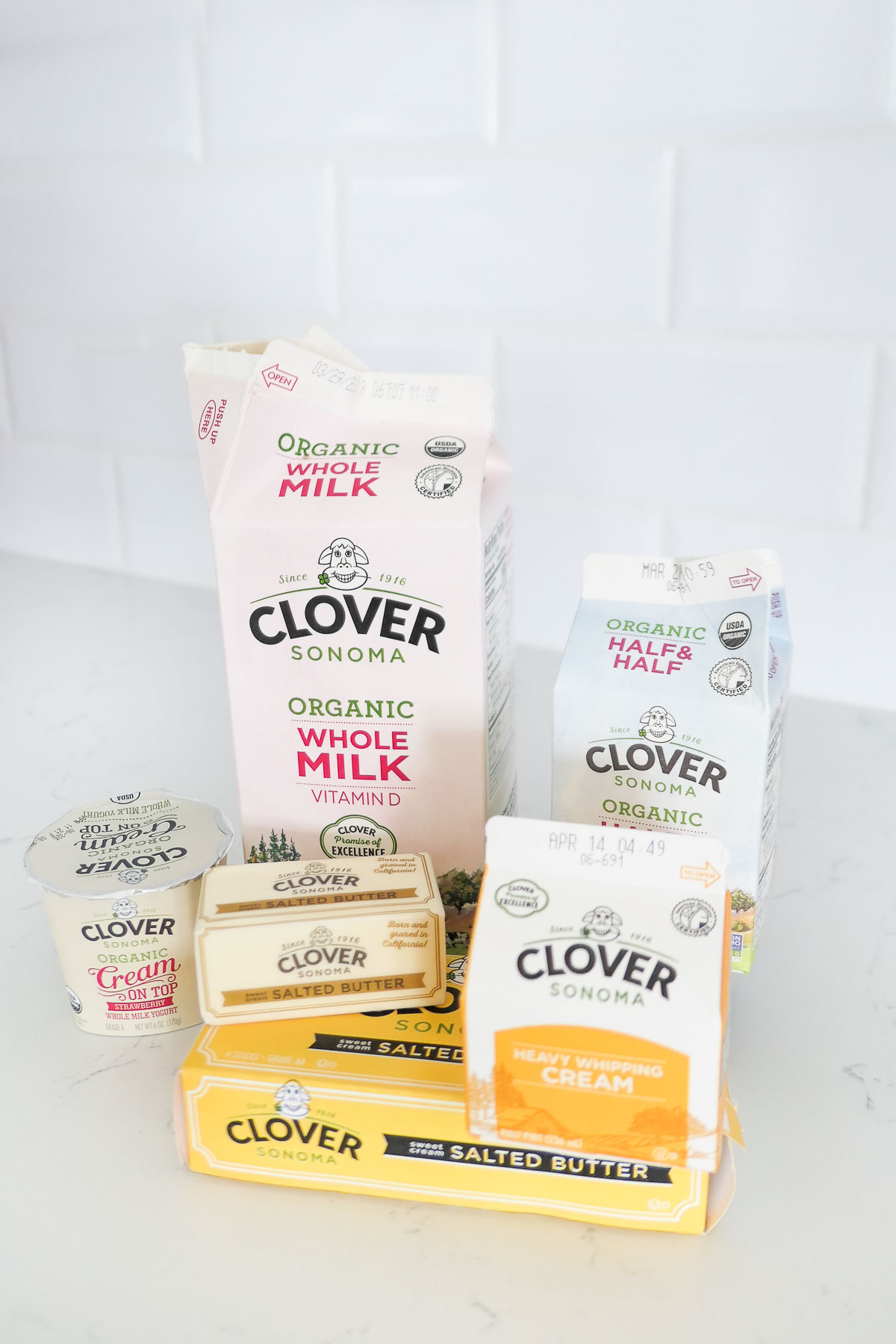
Thank you to Clover Sonoma for sponsoring this post. As always all opinions are my own.




